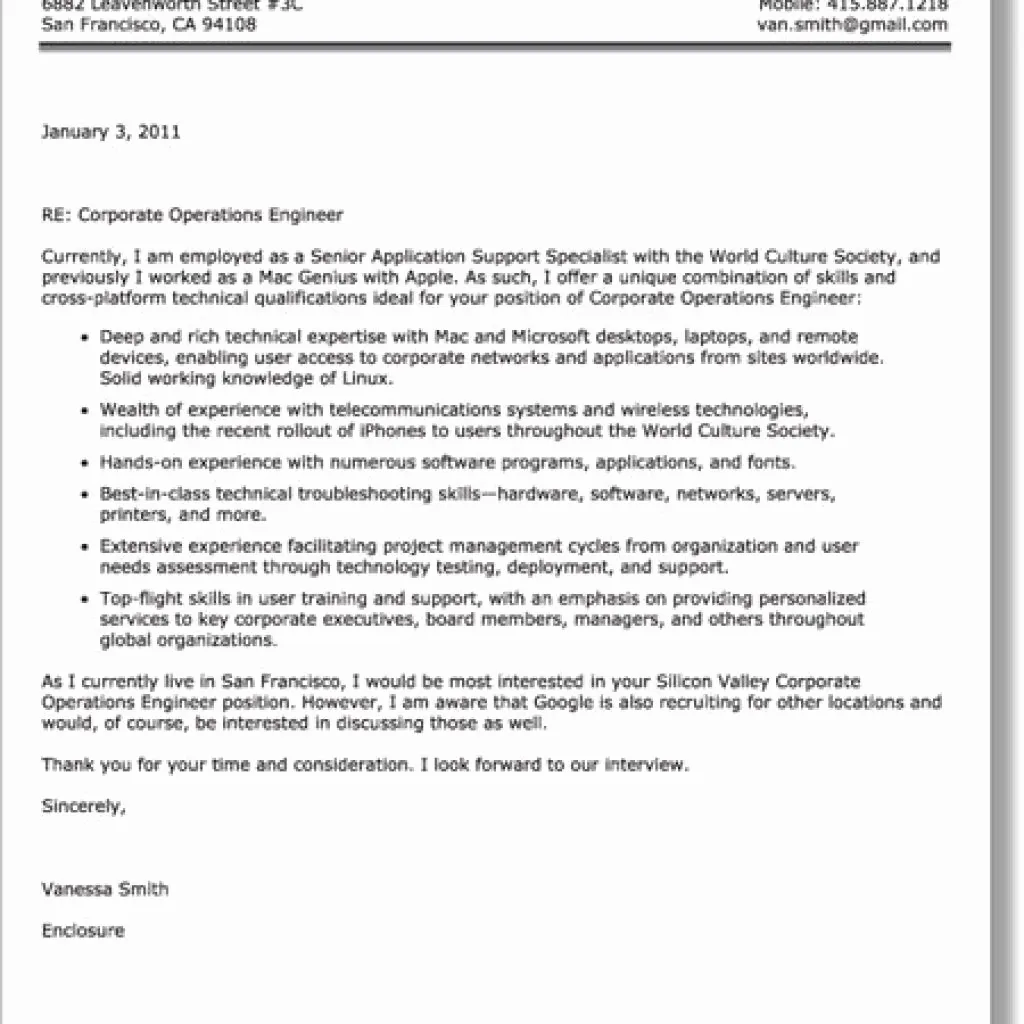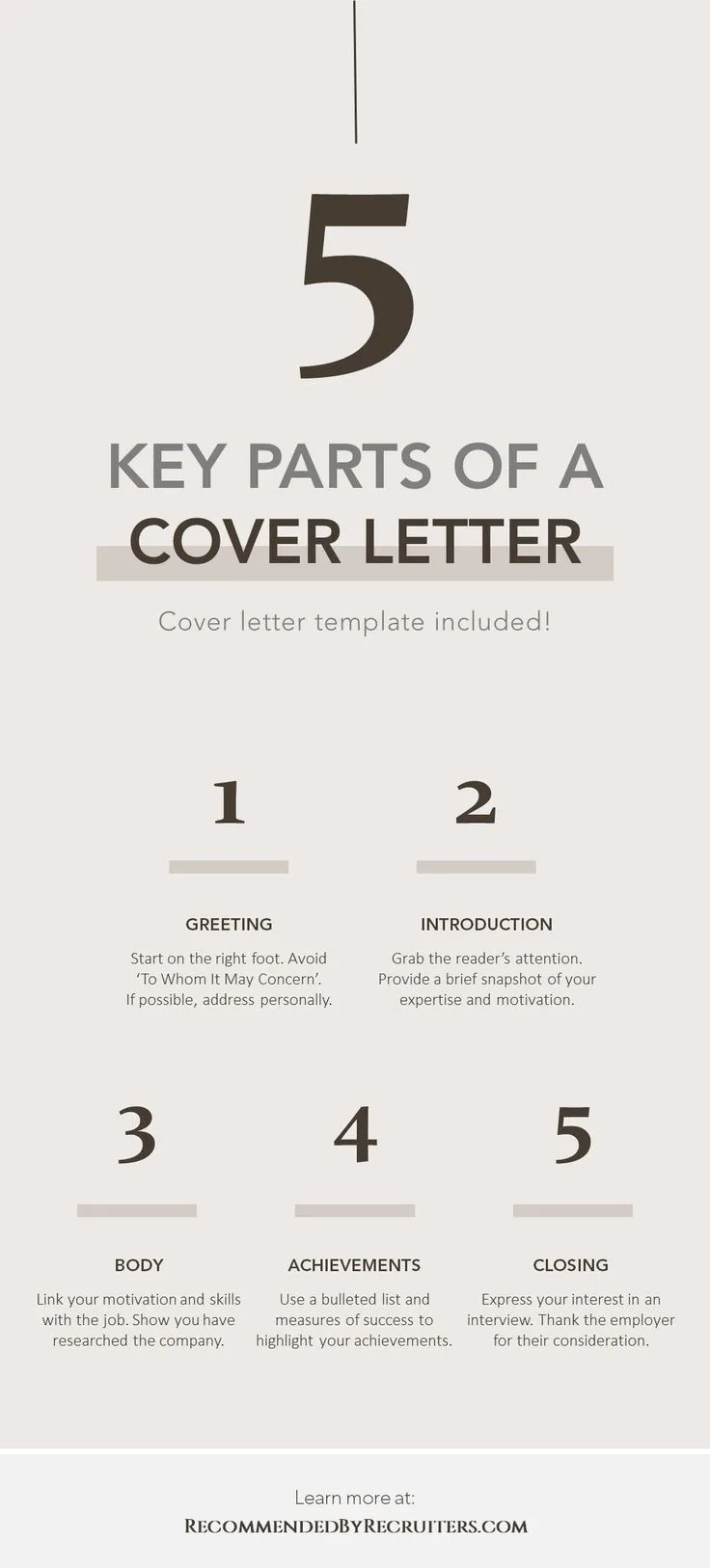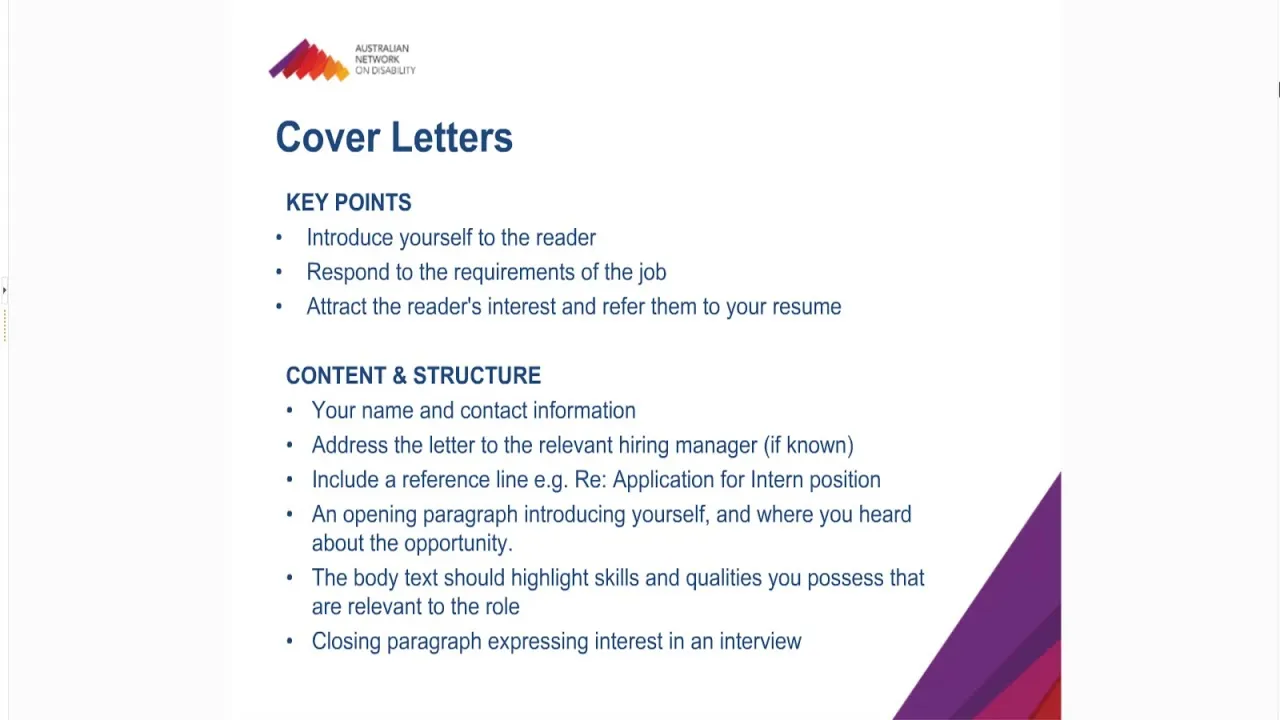Essential Cover Letter Key Points
A cover letter is your first opportunity to make a strong impression on a potential employer. It’s more than just a formality; it’s a vital tool in your job search arsenal. It offers a space for you to go beyond the bullet points of your resume and tell a compelling story about why you are the perfect fit for the role. A well-crafted cover letter can significantly increase your chances of landing an interview. This guide will explore the key elements that will make your cover letter stand out and win over hiring managers. Following these guidelines will help you create a cover letter that is both informative and persuasive, leading you closer to your career goals. Remember, the goal is to showcase your personality, skills, and experiences to make a memorable first impression and grab the reader’s attention immediately. With a strategic approach, your cover letter becomes your secret weapon in a competitive job market, so follow these tips to make it effective.
Highlighting Your Skills and Experience
Your cover letter should act as a spotlight, illuminating the skills and experiences most relevant to the job you are applying for. Don’t simply reiterate your resume; instead, choose 2–3 of your most significant achievements or skills and elaborate on them. The goal is to demonstrate how your past experiences have equipped you for the specific demands of the new role. Consider each skill from the job description and align it with your past experiences. Provide concrete examples that show your skills in action. For instance, if the job requires project management skills, describe a time you successfully led a project, detailing your role, the challenges you faced, and the positive outcomes. Use the STAR method — Situation, Task, Action, Result — to structure your examples, making them clear, concise, and impactful. Be specific and avoid generic statements; your goal is to show, not just tell, the employer what you are capable of. This focused approach helps the reader quickly understand your value proposition and why you are the ideal candidate.
Quantifying Your Achievements

One of the most effective ways to make your cover letter stand out is to quantify your achievements. Instead of simply stating what you did, provide measurable results that demonstrate your impact. Numbers speak volumes and give potential employers concrete evidence of your capabilities. For example, instead of writing, ‘Improved customer service,’ state ‘Improved customer satisfaction scores by 20% through implementing a new feedback system.’ This level of detail allows the hiring manager to understand the scope of your achievements and their value to the company. Consider using metrics like percentages, dollar amounts, time saved, or units produced. Whenever possible, use hard data to support your claims. This not only makes your accomplishments more credible but also illustrates your ability to drive results. Ensure that the achievements you highlight are relevant to the job requirements, allowing the hiring manager to immediately see the direct benefit of hiring you. The key is to provide specific, measurable, and impactful results.
Using Action Verbs in Your Cover Letter
Action verbs breathe life into your cover letter and make it more engaging. They convey that you are a proactive and results-oriented individual. Using powerful verbs can transform passive statements into dynamic descriptions of your accomplishments. Start your sentences with action verbs to grab the reader’s attention and quickly convey your capabilities. Instead of writing, ‘Responsible for managing projects,’ use ‘Managed projects, resulting in on-time completion and within-budget outcomes.’ This gives a clear picture of your activities and the impact you had. When selecting action verbs, aim for a variety to keep the letter interesting. Consider verbs such as ‘achieved,’ ’led,’ ‘implemented,’ ‘developed,’ ‘streamlined,’ ‘increased,’ ‘created,’ ‘collaborated,’ and ‘managed’. Tailor the verbs to reflect the specific demands of the job description, ensuring that you highlight the skills most relevant to the role. Action verbs also help you avoid sounding generic, making your letter more impactful and memorable to the reader.
Tailoring Your Cover Letter for Each Job
One of the most critical aspects of a successful cover letter is tailoring it to the specific job you are applying for. Generic cover letters are easily identified and often end up in the rejection pile. Hiring managers can spot a generic application, and they want to know you are genuinely interested in their company and the role. Research the company and the role thoroughly before you start writing. Review the job description carefully and identify the key requirements and keywords. Customize your letter to address those requirements directly. Highlight the skills and experiences that align with the job’s specific needs, and provide concrete examples of how you have demonstrated those skills in the past. Show that you understand the company’s mission, values, and the challenges they face. Mentioning specific projects, company initiatives, or industry trends relevant to the role can demonstrate your enthusiasm and knowledge. Tailoring your letter is time-consuming, but it significantly increases your chances of success by showing that you have taken the time to understand the role and are genuinely interested in the opportunity.
Researching the Company

Before writing your cover letter, invest time in researching the company you are applying to. This effort shows your genuine interest and helps you tailor your letter to the company’s specific needs and values. Visit the company’s website, read their ‘About Us’ page, and explore their social media profiles. Understand their mission, their values, and their recent achievements. Look for any recent news or press releases to grasp their current projects and goals. Understanding the company’s culture and industry position will help you better align your letter with their needs. Mentioning specific company projects, initiatives, or values can show your knowledge and sincere interest. If possible, research the hiring manager or the team you would be working with. Understanding their backgrounds and areas of focus will help you tailor your communication effectively. This detailed research will give you a competitive advantage, allowing you to make your cover letter more relevant and compelling.
Demonstrating Enthusiasm and Passion
Your cover letter should be a reflection of your enthusiasm and passion for the role and the company. Hiring managers seek candidates who are genuinely excited about the opportunity and who demonstrate a strong desire to contribute to the team’s success. Your enthusiasm should be evident throughout the letter, from your opening statement to your closing remarks. Instead of simply stating your interest, express why you are excited about the role and what motivates you to join the company. Show that you have done your research and that you understand the company’s values, mission, and goals. Explain how your skills and experiences align with the company’s needs, and how you believe you can make a positive impact. Use strong, positive language and avoid sounding generic or indifferent. Conclude your letter with a confident and enthusiastic call to action, restating your interest and inviting the reader to contact you. Your passion and enthusiasm will make you more memorable and increase the likelihood of an interview.
Cover Letter Formatting and Structure
The format and structure of your cover letter are critical in making a positive first impression. A well-organized and professionally formatted cover letter is easy to read and demonstrates your attention to detail. Start with a formal business letter format. Include your contact information, the date, and the hiring manager’s contact information. The body of your letter should be divided into several distinct paragraphs, each addressing a specific aspect of your qualifications. The opening paragraph should clearly state the position you are applying for and how you found the opportunity. The following paragraphs should highlight your skills, experiences, and achievements relevant to the role. Each paragraph should focus on a specific key point and be easy to follow. Use headings, bullet points, or other formatting techniques to break up long blocks of text and make your letter more readable. Maintain a professional font and font size (e.g., Arial or Times New Roman, 11–12 point). Ensure the letter is free from grammatical errors and typos by proofreading it carefully. A well-formatted cover letter shows that you are organized, professional, and attentive to detail.
Proofreading and Editing

Proofreading and editing your cover letter is essential to ensuring it presents you in the best possible light. Errors in grammar, spelling, and punctuation can undermine your credibility and leave a negative impression on potential employers. Before submitting your cover letter, carefully review every sentence, paying close attention to the details. Read your letter aloud to catch any awkward phrasing or grammatical errors. Use spell-check and grammar-check tools, but remember that these tools are not foolproof. They may miss subtle errors, so manual proofreading is crucial. Ask a friend, family member, or career advisor to review your letter and provide feedback. A fresh pair of eyes can often catch errors that you may have overlooked. Ensure the letter is consistent in tone, style, and formatting. Check for any inconsistencies in your contact information, dates, or other details. A polished and error-free cover letter reflects professionalism and attention to detail, and significantly increases your chances of making a positive impression.
Call to Action Requesting an Interview
Your cover letter should always conclude with a clear call to action, making it easy for the hiring manager to take the next step. The call to action should express your enthusiasm for the role and reiterate your interest in an interview. Thank the reader for their time and consideration, and provide your contact information again. In your closing, state that you are eager to discuss your qualifications further and invite them to contact you. Make it easy for them to reach out by including your phone number and email address. This direct and proactive approach shows confidence and a strong interest in the position. Avoid generic phrases like ‘Thank you for your consideration.’ Instead, use more specific statements like ‘I am excited about the opportunity to discuss how my skills can contribute to your team and look forward to hearing from you soon.’ A well-crafted call to action leaves a lasting positive impression and increases the likelihood of receiving an interview.
